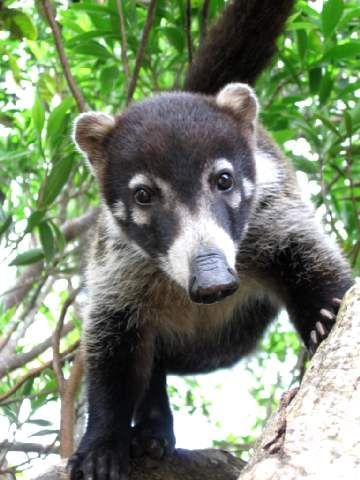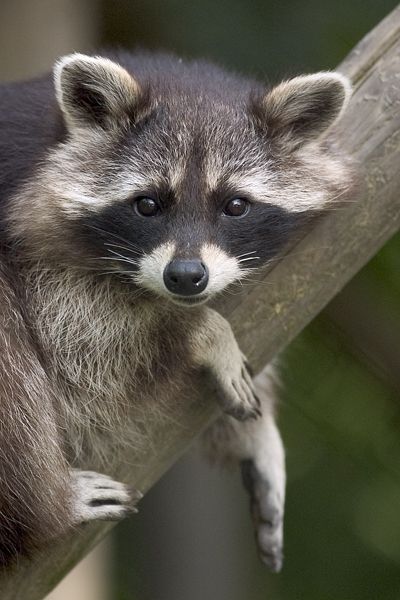8 January 2024
If you’ve been to the American Southwest, Central America or northern Colombia, you may have encountered a white-nosed coati (Nasua narica), the tropical daytime equivalent of the raccoon. Like his cousin he has a long striped tail, can climb trees and is not picky about what he eats.
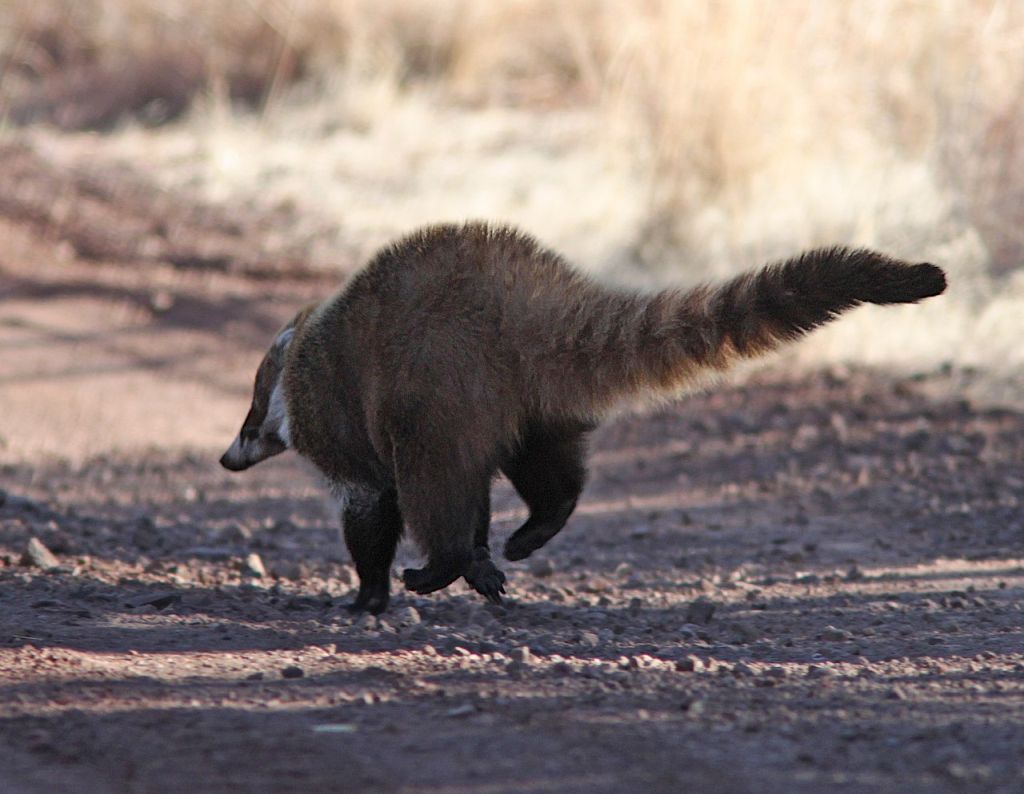
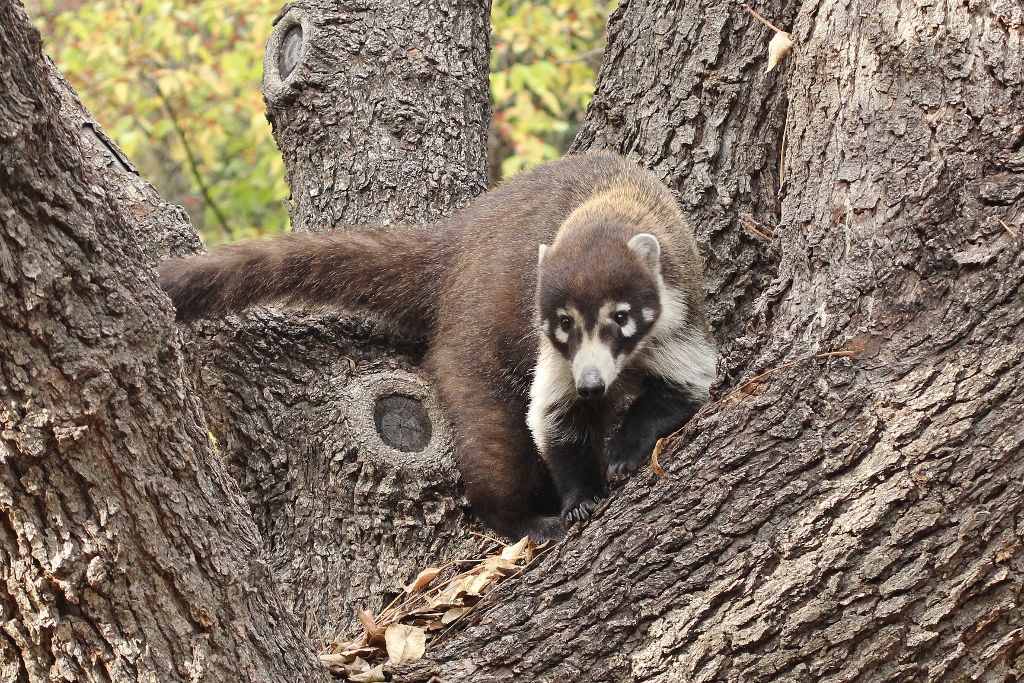
Interestingly he loves balsa (Ochroma pyramidale) nectar and is important to the tree’s propagation. Coatis insert their long narrow snouts into the flowers, get pollen on their noses and move on to pollinate other flowers. It’s a symbiotic relationship.
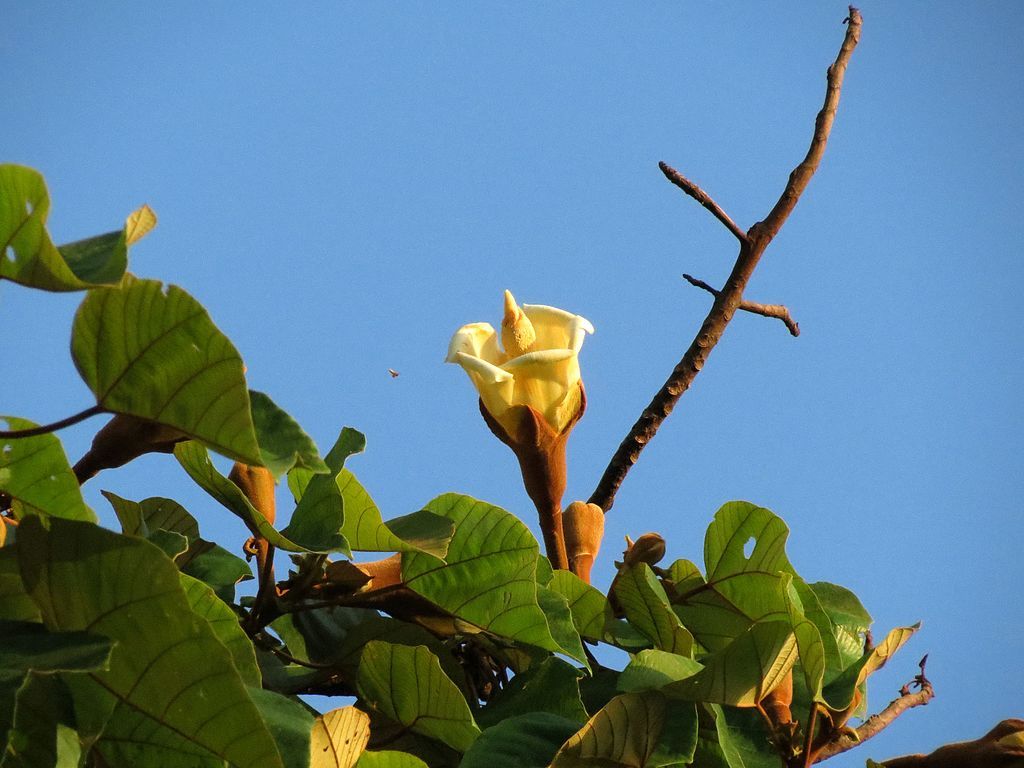
Coatis are relatively rare in the American Southwest so it was cool when this one made an appearance at the Visitor Center at Coronado NPS in southeastern Arizona.
If food is plentiful near humans, coatis overcome their wariness as they have done in a big way at this park in Villahermosa, Mexico.
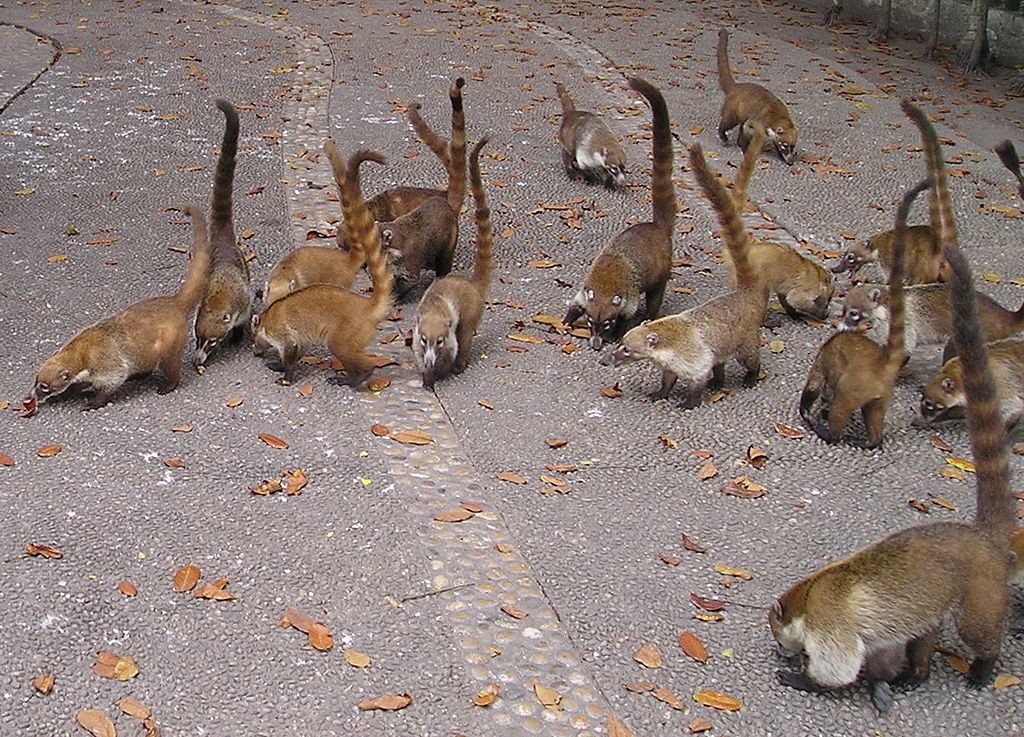
Inevitably the brave ones cause trouble, just like raccoons.
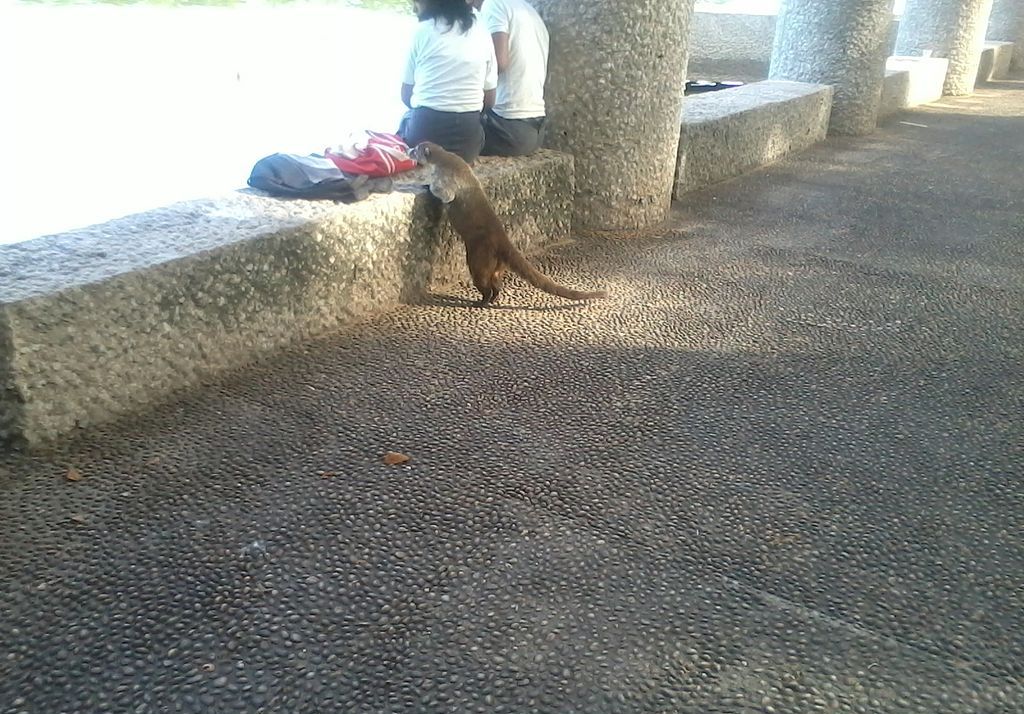
These animal cousins might encounter each other within the coati’s more limited range though they operate at different times — the coati during the day, the raccoon at night.
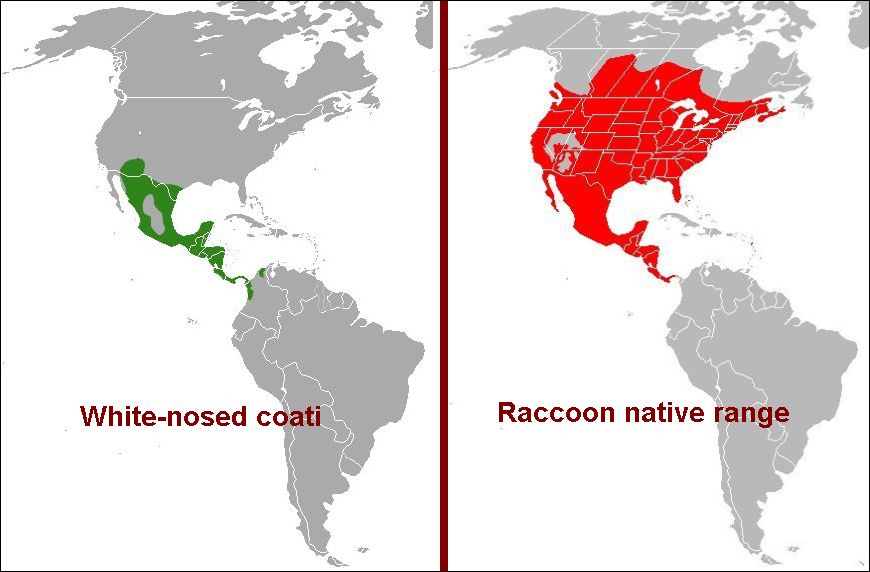
I wonder how they react when they meet each other.
“Hello there, cousin.”
(credits are in the captions)
